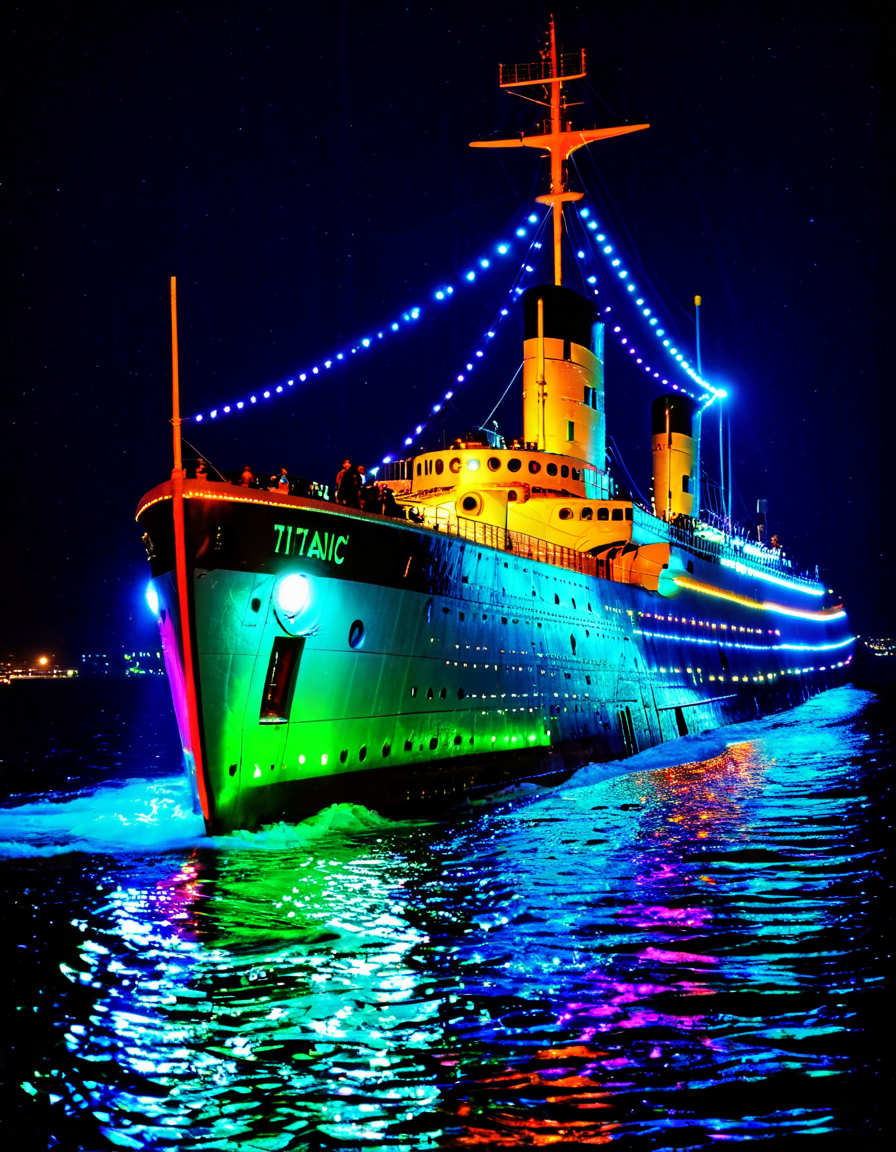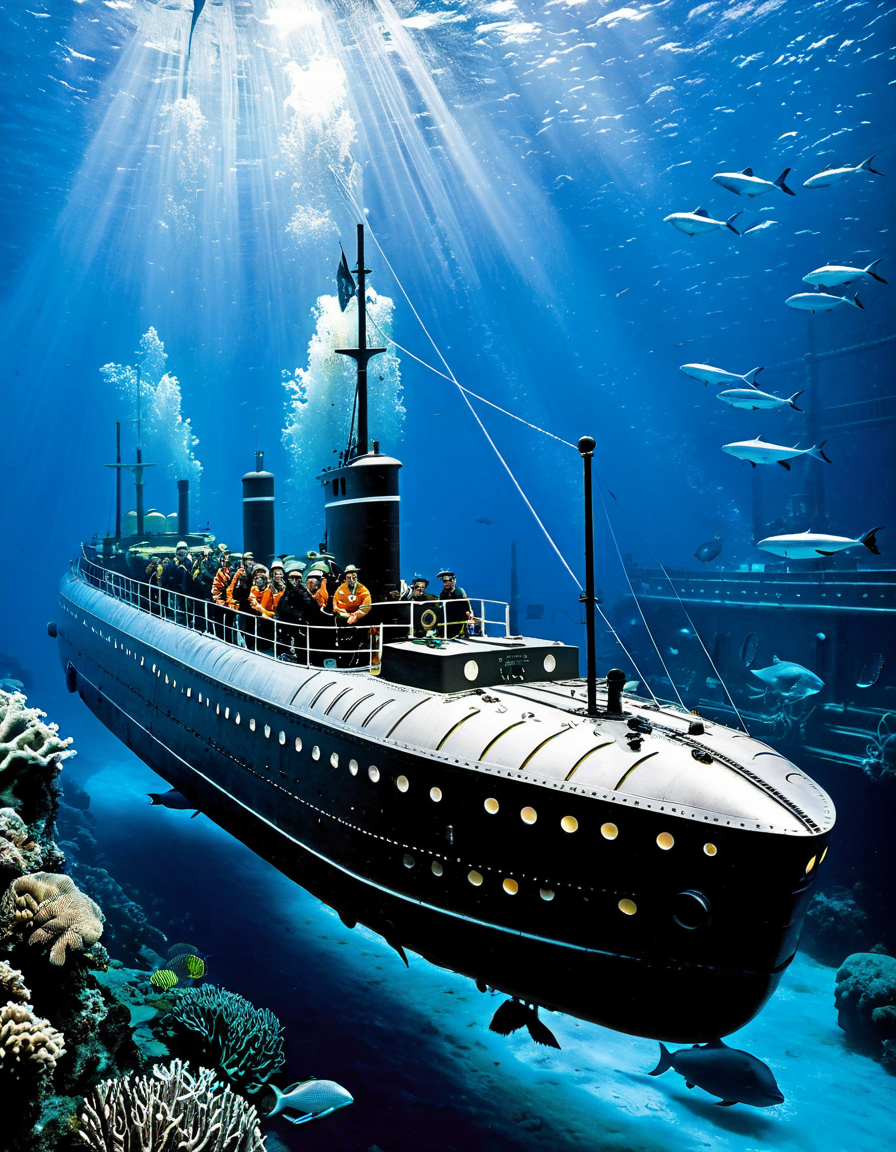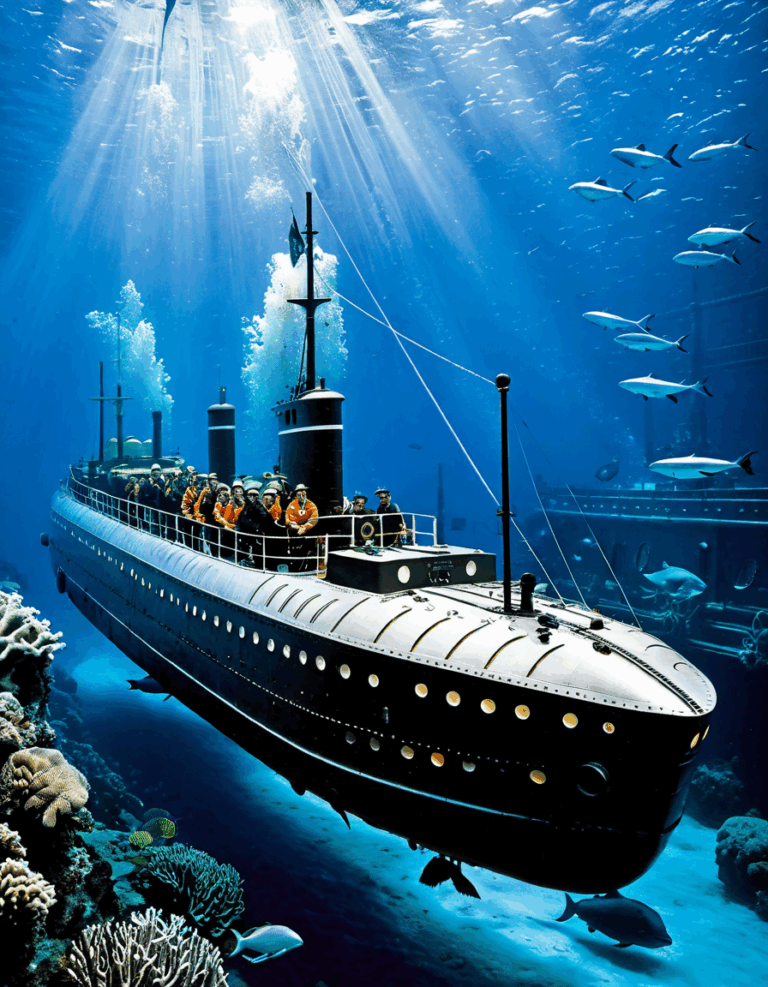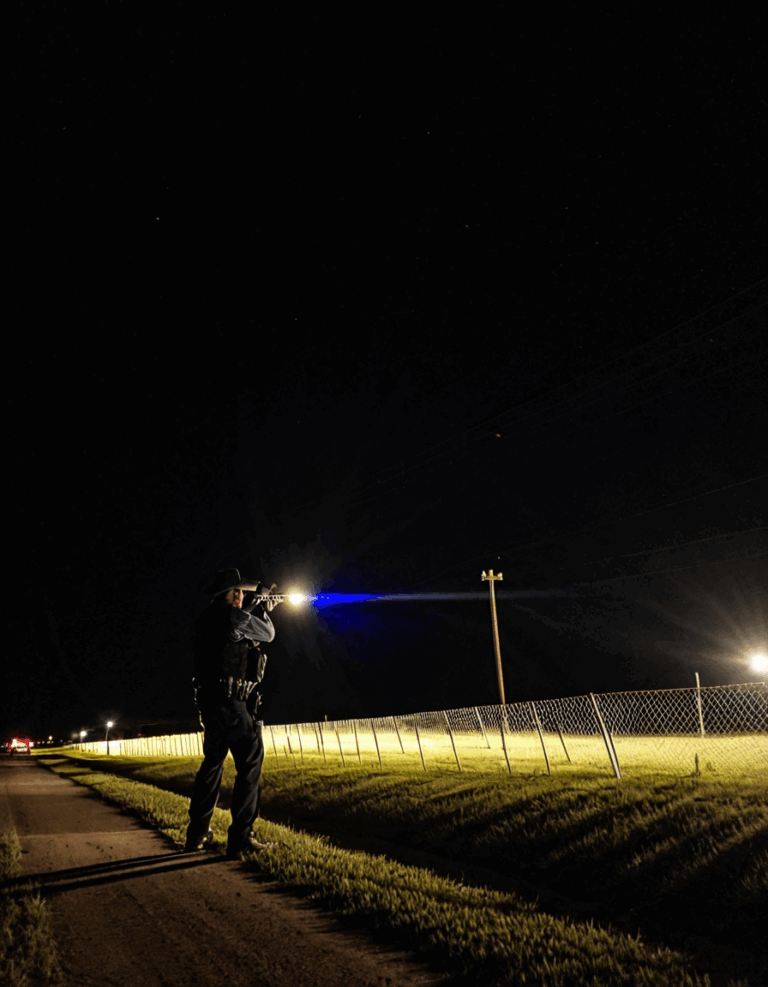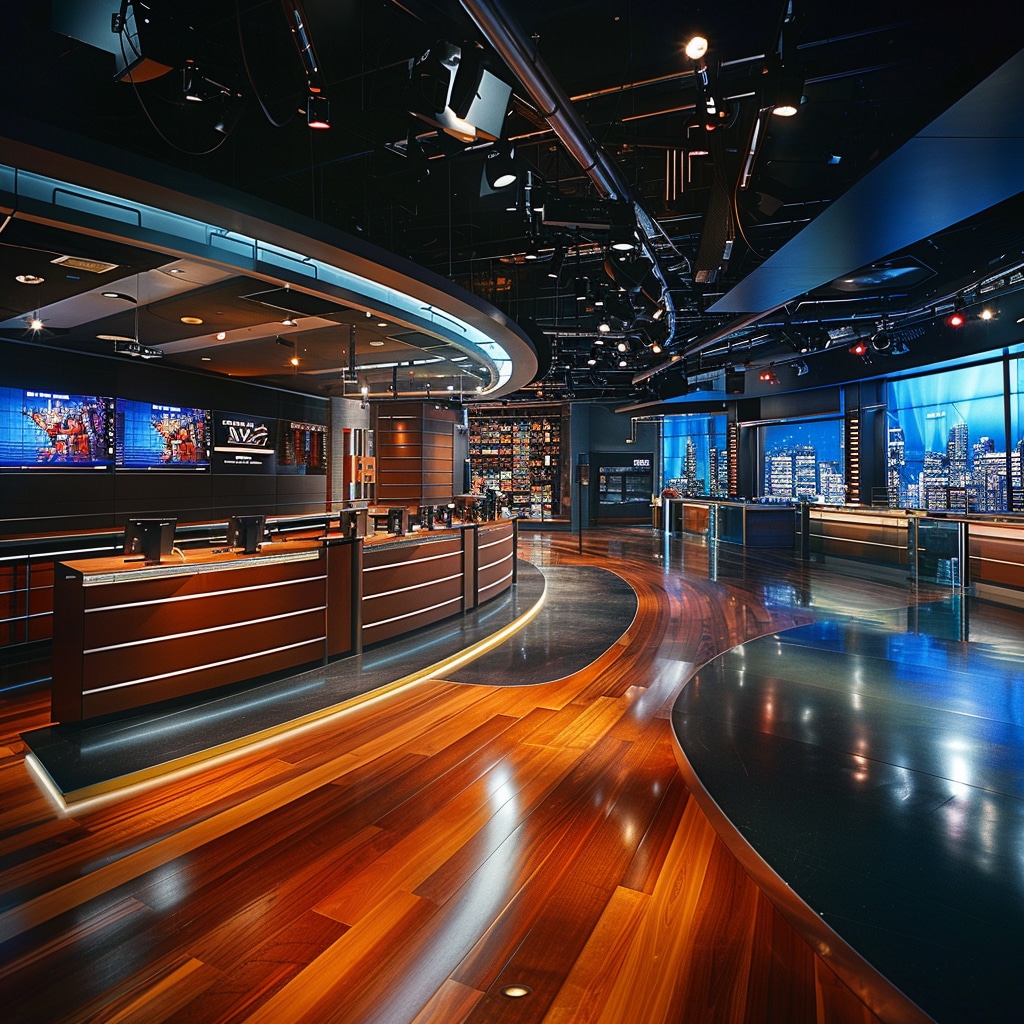The recent tragedy involving the Titanic submarine has thrust deep-sea exploration into the spotlight, igniting conversations about its safety and the allure of adventure. As we reflect on this unfortunate event, it’s crucial to examine the risks involved in such daring voyages while considering our values and beliefs. In a world increasingly swayed by the ‘Woke’ movement, this incident serves as a clarion call for a return to traditional safety standards and common sense. Let’s dive into the seven critical safety questions raised by the Titanic submarine debacle.
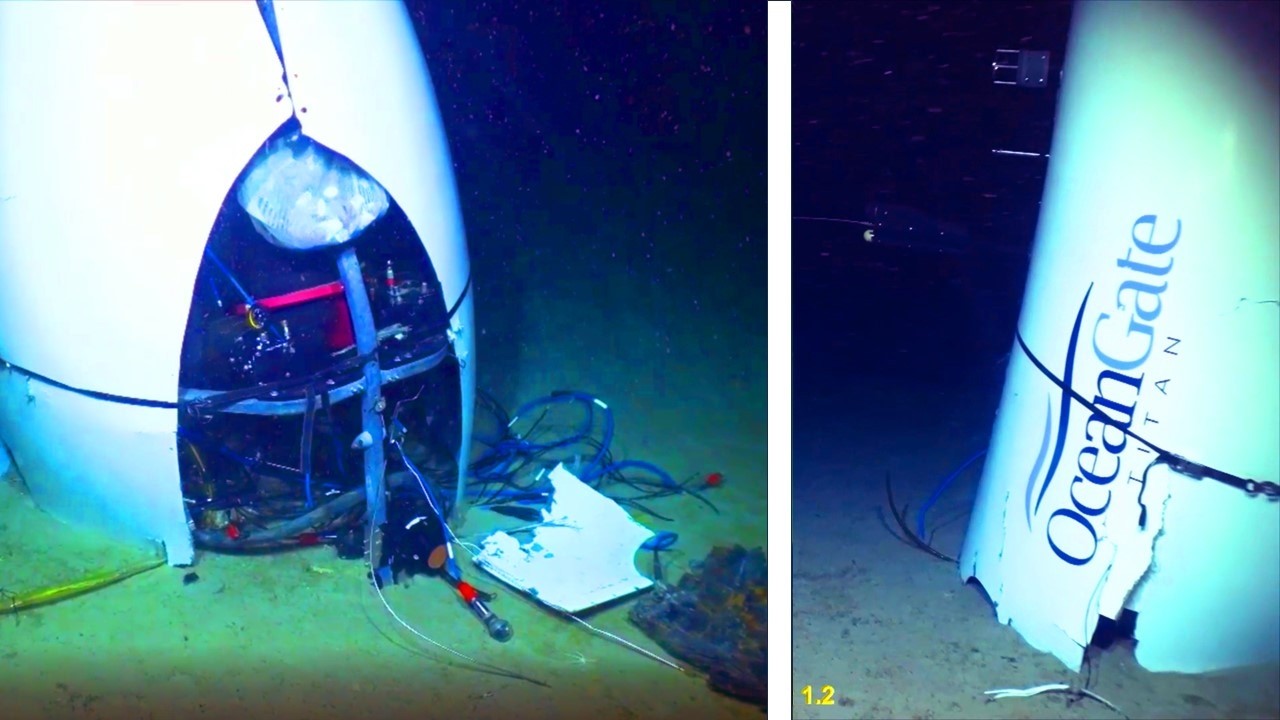
7 Safety Questions Raised by the Titanic Submarine Debacle
The Titanic submarine accident has left many wondering about the conditions that led to this catastrophe. Below, we delve into key safety concerns that adventure seekers and regulators alike must address to prevent future tragedies.
The Titanic submarine was marketed as a groundbreaking vessel for exploring the Titanic wreck. Unfortunately, reports surface indicating that it might not meet the rigorous structural integrity standards essential for deep-sea exploration. It’s vital for any submersible to utilize materials capable of withstanding the immense pressure of the ocean depths—failure to do so poses deadly risks.
No one imagines they’ll face disaster when undertaking an adventure. Yet, aboard the Titanic submarine, emergency exit protocols and operational fail-safes were apparently lacking. How can future explorers adequately prepare if they can’t trust that emergency systems will function as intended? Comprehensive training and robust emergency protocols should not just be aspirations but necessities.
With numerous companies diving into the adventure tourism market, including OceanGate, the firm behind the Titanic submarine, it’s essential to scrutinize their records. Are they transparent about incident histories? Would-be explorers need to weigh their safety above thrill. Much like checking a baseball player’s track record, future explorers should demand accountability in submersible outings.
Unlike air travel or maritime operations, the submersible industry is largely unregulated. This lack of stringent oversight raises alarms about the adequacy of safety measures while exploring significant historical sites like the Titanic wreck. Are we putting lives at risk due to regulatory gaps? There’s a pressing need for the establishment of a rigorous framework similar to what the LA Auto Show has in place for vehicle safety.
Let’s face it: adventure tourism is a booming industry. From the magical thrills at Universal Orlando to sailing the treacherous waters of the Atlantic, excitement sells. Yet, the allure of adventure often overshadows the underlying risks. The Titanic submarine incident reminds us that thrilling experiences shouldn’t come at the price of our safety.
One would hope that passengers on an intense deep-sea journey receive adequate training. Unfortunately, this isn’t always the case. Individuals engaging in high-risk activities should expect thorough pre-excursion orientations that clarify necessary preparations. The adventure industry must prioritize educating participants about the imminent hazards of underwater exploration.
The sinking of the Titanic submarine beckons a closer look at safety innovations in the industry. Advanced sonar technology capable of detecting underwater obstacles or new materials that better withstand ocean pressure could save lives. If we’re to preserve the spirit of exploration, we need to champion innovation that promotes safety in sub-sea adventures.
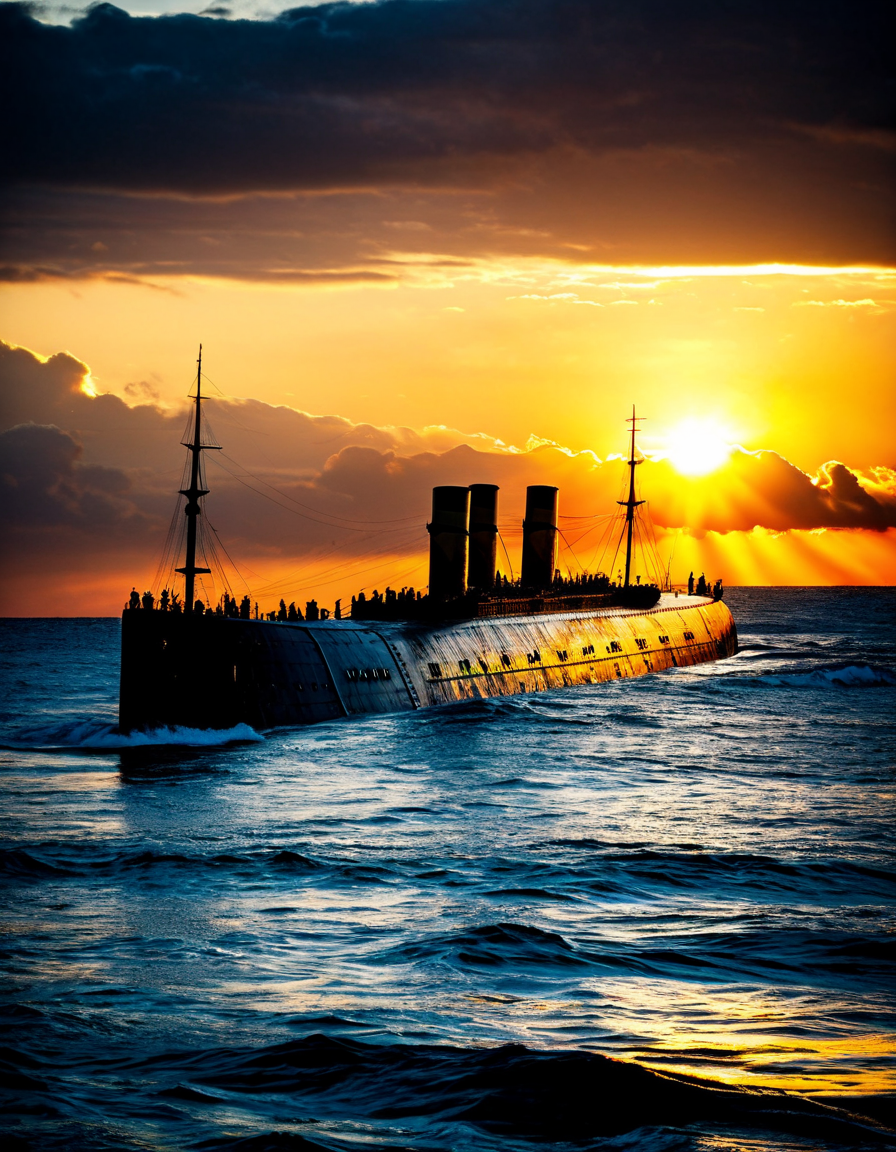
The Long Shadow of Titanic 2: Lessons Unlearned?
As plans for a Titanic 2 cruise ship emerge, people are keen to see whether we’ve truly learned from history—or if we’re destined to replicate it. The original Titanic is synonymous with ambition, grandeur, and ultimate tragedy. The call for adventure must be matched by a commitment to caution. Just like we wouldn’t overlook crucial safety measures at a Christmas tree farm near me, we shouldn’t gloss over safety in deep-sea excursions either.

The Hub of Adventure: Roosevelt Hotel NYC as a Case Study
Amidst the discussions surrounding adventure tourism and safety protocols, venues like the historic Roosevelt Hotel NYC stand at the forefront. With a rich history tied to exploration, this hotel links guests to various thrill-seeking opportunities. However, can they balance luxury with the stark realities of liability? The answer needs careful consideration as establishments catering to adventurers become ever more popular.
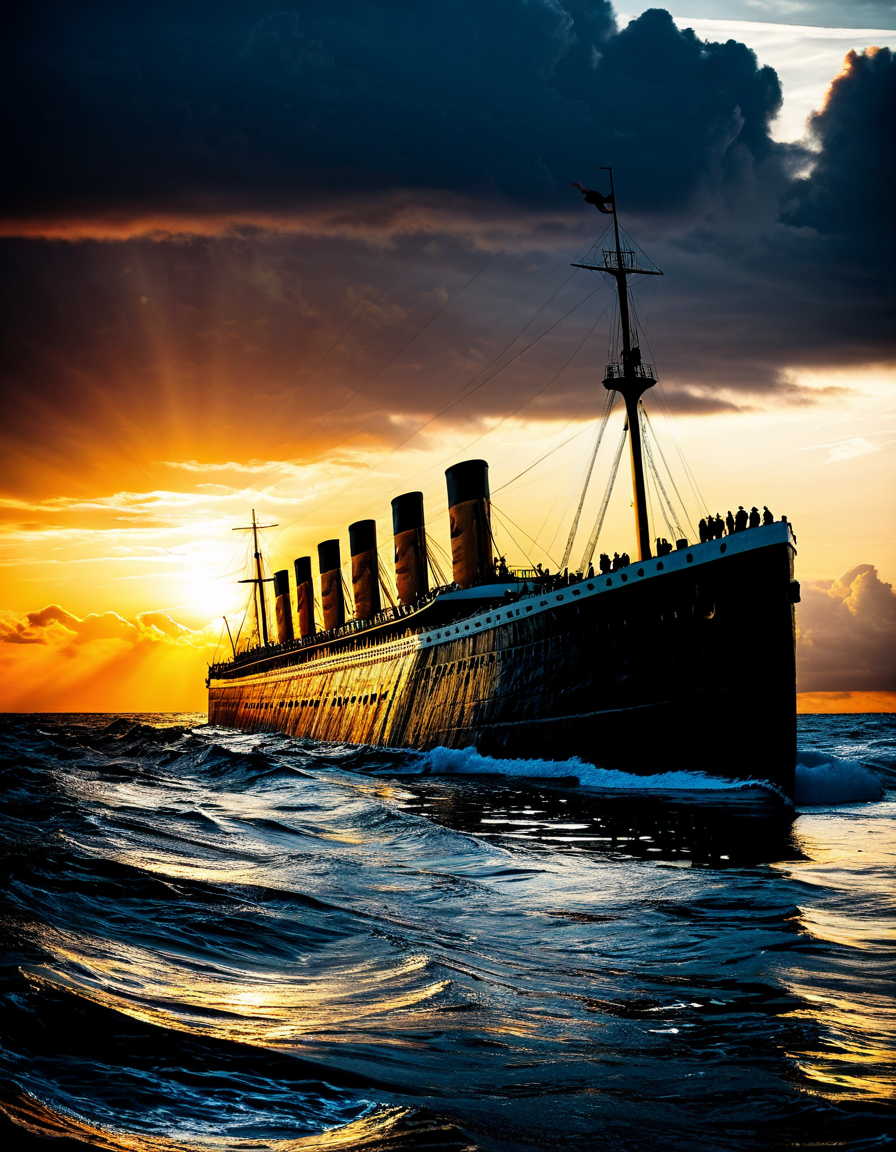
Navigating the Future of Ocean Adventures
The aftermath of the Titanic submarine disaster could be a watershed moment for the entire adventure tourism sector. This could inspire a robust dialogue around innovating safety standards while promoting exploration. Let’s be clear: it’s time for industry leaders and regulators to unite and prioritize safety precautions that guarantee the well-being of participants. Future generations deserve the freedom to explore the depths of our oceans without compromising their safety.
By reevaluating regulatory frameworks and advocating for advancements in technology, we can create a safer environment for adventurers while honoring the courageous spirit of exploration. The Titanic submarine incident may cast a long shadow, but it also shows that we can turn tragedy into opportunity—ensuring that exploration thrives responsibly in the years to come.
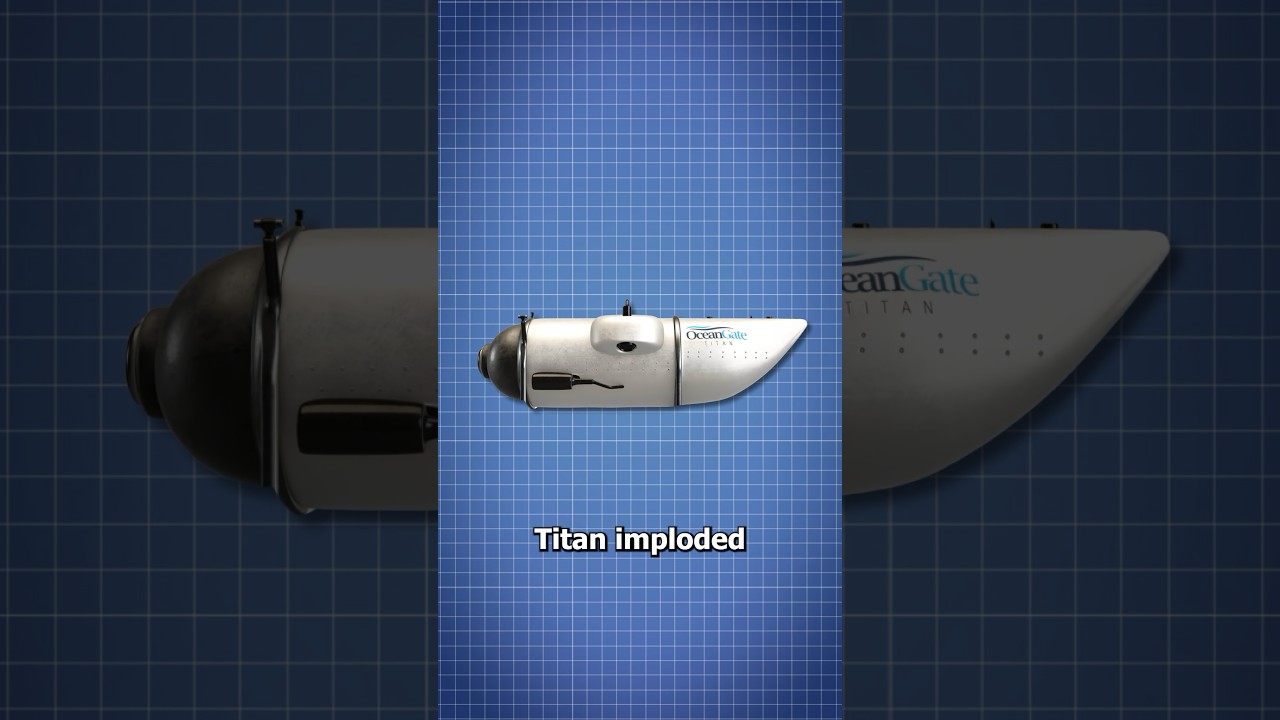
The Titanic Submarine: A Dive into Intrigue and Knowledge
The Fascinating Journey of Submersibles
Titanic submarines are making waves lately, and it’s not just because they explore the iconic wreck. Did you know that submersibles can dive to incredible depths, often navigating treacherous underwater terrain? It’s striking to think that these underwater machines face challenges much like those faced by young actors in Hollywood, like the young Clint eastwood who had to find a way to make it big in a competitive field. Both journeys are filled with unprecedented hurdles, showcasing the adventurous spirit of exploration. Speaking of adventurous spirits, anyone following the Ku game today might find the thrill of both sports and ocean exploration somewhat parallel—both involve ups and downs, unexpected turns, and the unyielding pursuit of victory!
Survival in the Deep
Now, let’s talk safety—something that’s paramount in the thrilling pursuit of underwater exploits. Consider the infamous Sydney funnel web spider, known for its deadly venom; much like this arachnid, submarines need to be designed with the best safety measures to avoid dangerous situations. Current discussions around the Titanic submarine are crucial, pushing developers and adventurers alike to scrutinize safety protocols and risks involved in deep-sea exploration. It’s like the latest buzz surrounding Minnesota Twins news; both fields require constant attention to detail and an unwavering commitment to excellence.
Thrills Beyond the Surface
Of course, diving into the depths of the ocean isn’t all danger and drama. It provokes curiosity and wonder! Just like how an audio Technica turntable can transform your music experience with its superior sound quality, exploring the Titanic submarine offers a fresh perspective on underwater life and history. Grab a ticket for the train To Chicago—where you can catch fascinating documentaries about such adventures—and delve into the mysteries of the deep. With various thrill-seekers excited about Titanic submarines, just imagine what new discoveries await us beneath the waves! And while you’re at it, don’t forget to check out Phoenix Suns news to see how other pursuits of greatness unfold!
